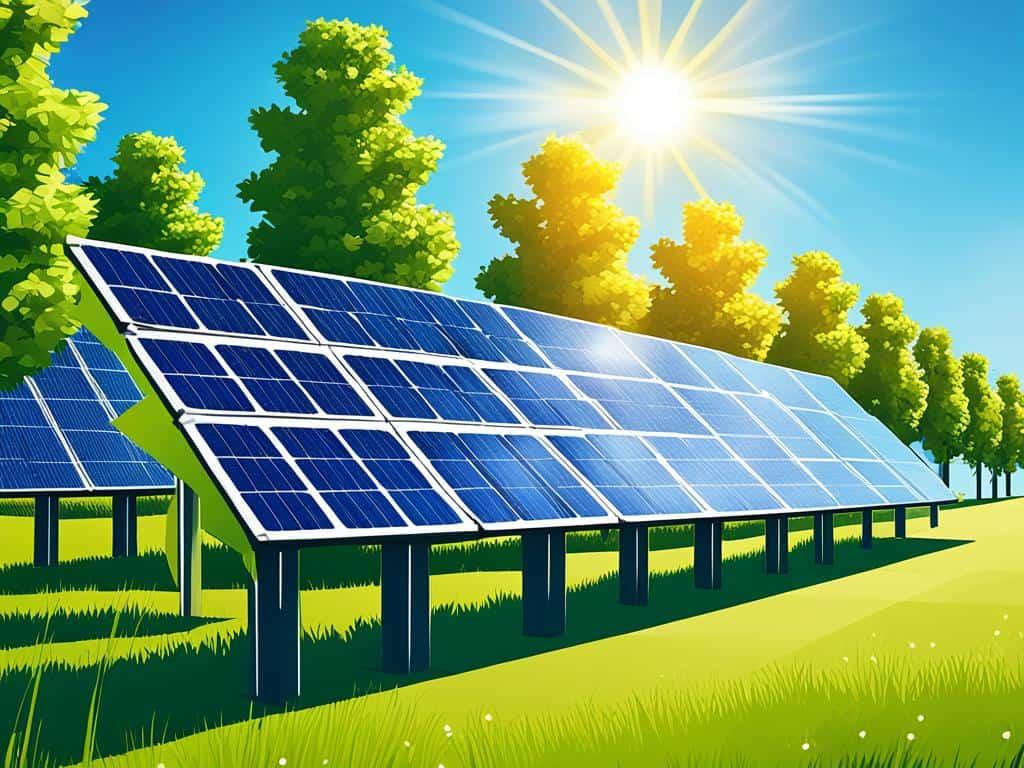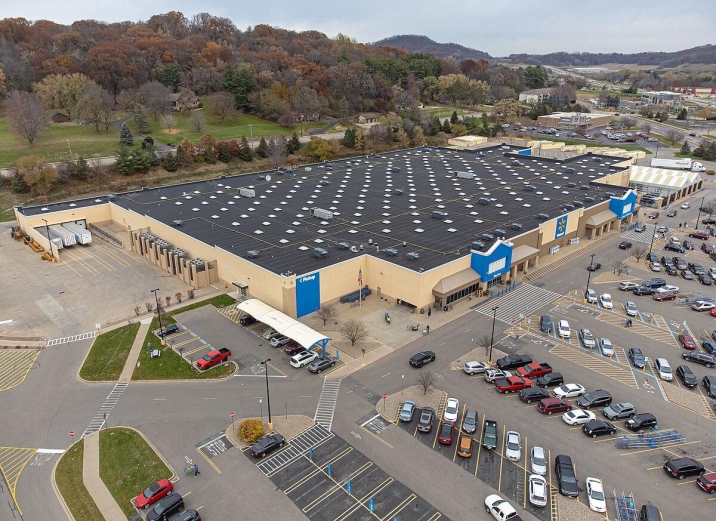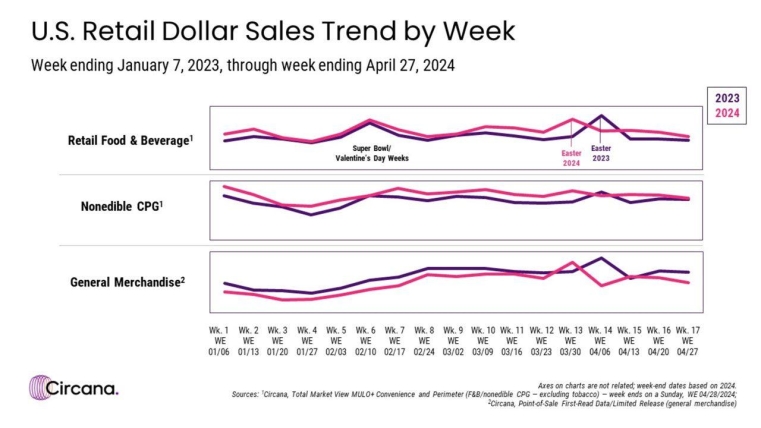Exploring the Untapped Potential of Rooftop Solar in Big-Box Retail
The vast, often underutilized roofs of big-box retail stores present a golden opportunity for solar energy generation, a solution that not only aligns with sustainability goals but also offers significant financial benefits. By harnessing the abundant sunlight that shines on these expansive structures, retailers can substantially reduce their operational costs. Some of the key advantages of installing solar panels on these rooftops include:
- Cost Savings: Solar energy can significantly lower electricity bills, translating into millions of dollars saved over the lifespan of the system.
- Environmental Impact: Transitioning to solar power can help retailers achieve substantial reductions in greenhouse gas emissions.
- Energy Independence: Generating their own electricity can protect retailers from fluctuating energy prices, granting them more control over operating expenses.
Despite these compelling benefits, many big-box retailers remain hesitant to invest in rooftop solar. Common concerns include the upfront costs associated with installation and maintenance, as well as the potential disruptions to regular operations during setup. However, innovative financing models, such as power purchase agreements and financial incentives from governments, can ease these burdens. Furthermore, as public interest in sustainable practices grows, retailers that proactively adopt solar technology may bolster their brand image and attract environmentally conscious consumers. By fully embracing the potential of rooftop solar, big-box stores can not only lead the way in corporate responsibility but also become pivotal players in the transition to cleaner energy and a more sustainable future.

The Economic Case: Cost Savings and Long-Term Benefits of Solar Energy
The integration of solar panels into big-box stores is not just an environmentally responsible choice but also a financially savvy decision. By harnessing solar energy, these retailers can significantly reduce their operational costs in the long run. Some key aspects of the potential cost savings include:
- Lower Energy Bills: Solar panels can drastically cut electricity costs, allowing businesses to redirect funds to other operational needs or investments.
- Tax Incentives: Federal and state incentives can mitigate installation costs, making solar energy more accessible and affordable.
- Increased Property Value: Properties with solar installations often see an increase in value, providing a return on investment if and when these stores sell or lease their buildings.
Moreover, the long-term benefits of adopting solar energy extend beyond immediate cost reductions. Retailers also stand to gain a competitive edge in a market increasingly focused on sustainability. Key advantages include:
- Enhanced Brand Image: Embracing clean energy can bolster a brand’s reputation among environmentally conscious consumers.
- Resilience Against Price Volatility: By relying on solar power, businesses can shield themselves from fluctuating energy prices, ensuring more predictable financial planning.
- Contribution to Sustainability Goals: Adopting renewable energy sources supports corporate initiatives aimed at reducing overall carbon footprints, aligning with global efforts to combat climate change.

Overcoming Regulatory Hurdles: Navigating Incentives and Barriers
As big-box retailers explore the potential of rooftop solar energy, they must navigate a complex landscape of government regulations and incentives. While many local and state governments offer substantial tax credits and grants to encourage renewable energy adoption, the varying nature of these policies can create confusion and hinder decision-making. This inconsistency can lead to a reluctance among executives, who may fear making investments that don’t align with future policy changes. Additionally, the rapid pace of technological advancement means that the expected return on investment can fluctuate, causing further hesitation among decision-makers.
Moreover, barriers such as zoning restrictions, permitting delays, and interconnection complications can stymie the implementation process. Big-box stores often face challenges when attempting to secure the necessary permits to install solar panels, particularly in densely populated or highly regulated areas. This bureaucratic inertia can deter companies from pursuing solar initiatives, even when the potential savings and environmental benefits are significant. By addressing these obstacles through streamlined processes and clearer regulations, governments can pave the way for these retailers to play a pivotal role in reducing emissions while simultaneously enhancing their bottom line.

Innovative Partnerships: Collaborating with Renewable Energy Firms for Sustainable Solutions
In a world increasingly driven by the quest for sustainability, the potential for big-box retailers to transform their rooftops into solar energy hubs is enormous. By forging collaborative relationships with renewable energy firms, these companies can leverage cutting-edge technology and expertise, paving the way for innovative energy solutions that not only benefit their bottom lines but also contribute to a greener planet. Some key aspects of these partnerships include:
- Shared Expertise: Retailers can tap into the specialized knowledge of renewable energy firms to optimize solar panel installation and maintenance.
- Financial Incentives: Collaborative efforts can unlock access to grants, tax breaks, and other incentives that make solar implementation more financially viable.
- Brand Enhancement: By aligning with sustainable practices, these companies can bolster their brand image, resonating deeply with eco-conscious consumers.
Moreover, such alliances offer the potential for a holistic approach to sustainability, wherein both retail giants and renewable energy providers can co-create solutions that yield long-term benefits for the environment and the economy. Through scalable installations and community engagement, businesses can address their emissions while actively participating in the transition towards a clean energy future. The model can include:
- Community Solar Programs: Retailers can facilitate community-based solar projects, allowing local residents to benefit from renewable energy.
- Energy Storage Systems: Integrating storage solutions can help balance supply and demand, ensuring consistent energy availability.
- Data Sharing Initiatives: By exchanging data on energy usage, partners can optimize systems for enhanced efficiency and reduced waste.
As the world grapples with the pressing realities of climate change, the potential for big-box stores to lead the charge on sustainable practices becomes ever clearer. With vast rooftops primed for solar panels, these retail giants stand at a unique crossroads: they can harness the power of the sun to not only drive down emissions but also save millions in energy costs. Yet, despite the clear benefits, the adoption of solar technology remains sluggish. Perhaps it’s time for these corporations to reconsider their role—not just as purveyors of goods, but as stewards of the environment. As we look to the future, the question lingers: when will they seize this opportunity to illuminate a greener path forward? The answers may lie in a combination of incentive, innovation, and a collective commitment to sustainability. After all, in a world ready for change, every rooftop has the potential to become a beacon of hope.





